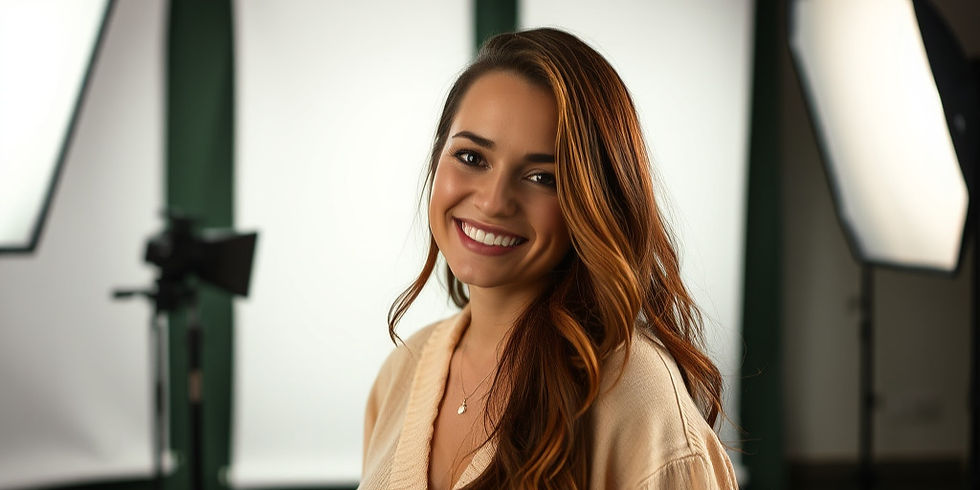AI Actors and the Risks (Opportunities) to the Workforce
- VFS Team

- Oct 8
- 2 min read
The recent news about the AI actress Tilly Norwood highlights what looks like a significant leap in the accessibility and power of creative storytelling tools. This development matters because it suggests that advanced AI-driven art and performance capabilities are rapidly becoming available to everyone, not just large studios or tech companies.

Looking at the next few years, the current – and expected – labor union push back notwithstanding, a logical pathway for this to evolve along for the next five years would look something like this:
Individuals and various communities begin customizing and sharing open-source AI actor models, sparking a wave of amateur-produced performances.
Collaborative platforms for developing AI personalities and visual styles emerge, with legal and ethical frameworks intensely debated.
User-created AI actors gain widespread attention, leading established organizations to experiment more earnestly with things like licensing and hybrid productions.
Entertainment industry standards for attribution, compensation, and ethical use of synthetic talent are established.
Synthetic work forces and amateur-generated creative innovations become routine in both entertainment and workplace settings.
Considering the broader implications to human labor and the American workforce, we might expect to see this sort of pathway emerge within the broader context of a scenario like “Patchwork Futures”. Part of our upcoming Playbook on workplace futures, that particular scenario outlines the possibility for a more decentralized, contested work landscape in which innovation is more bottom-up and highly uneven across the country.
Turning to organizations in regions like Hawai‘i and Alaska, a mid-term risk is the potential for disruption as synthetic work forces (and the widely available creative tools to create them) challenge traditional roles and business models. Two near-term early indicators that would suggest we are moving along this pathway would be:
The launch of regional platforms supporting user-generated AI art and storytelling.
New partnerships between grassroots creators and established organizations in media or business.
Leaders can begin to address this risk by researching the impact of democratized creative tools and synthetic work forces in their sector, and by experimenting with collaborative digital projects. Foresight activities could include scenario workshops and leadership discussions about the implications of these changes. Consider:
Hosting a team workshop on synthetic work forces and user-led innovation.
Having staff research and report on the state-of-the-art of these new AI capabilities.
As always, VFS is available to help with these explorations. If you are interested in digging in deeper to the risks and opportunities these developments hold, then we can provide foresight workshops as well as scenario forecasting packages. Contact us to discuss how our services can support your team’s success in this evolving landscape.


Comments